Step 1 - Download the demo app
This step details the instructions on how to download IN Groupe E-Signing demo app, E-Signing client API and on how to run the demo app.
Topics found on this page:
Download E-Signing demo app
The demo app is a standalone Java application that demonstrates how IN Groupe E-Signing service can be integrated into a typical application. Even though this demo app is written as a Java application, the E-Signing service is equally accessible using any other language or platform.
E-Signing demo app can be downloaded from here: e-signing-demo-app-1.0.57.zip
The zip file (downloadable from the above link) contains a runnable jar file and source code of the demo app.
Download E-Signing Client API
The E-Signing client API is a Java API that can be used by customer to communicate with IN Groupe E-Signing service. It provides implementation for all XML messages that are supported by IN Groupe E-Signing service i.e. to send a sign order, to get a sign URL, to get sign order status, etc.
Download E-Signing Java client API - E Signing Java Client API.zip
If you are still using Java 8 Download this Java 8 Client API esignclientapi-1.1.54JDK8.zip
Install and run the demo app
PKCS12 keystore file (p12) and its password are required to run E-Signing demo app. Contact IN Groupe support to receive the p12 file and password. Once received, follow the below steps to run the demo app. To receive a dedicated setup, you need to be an E-Signing customer.
Java 11 is required to run the E-Signing demo app.
Unzip the zip file (esign-demo-app.zip)
Navigate to target folder inside the unzipped package i.e. <your_parent_folder>/esign-demo-app/target
Copy the received p12 file into target folder
Open command prompt or terminal in that folder
Run the below command:
Java
java -jar esign-demo-app.jar <p12-file> <p12-password>The command above will start a web server that can be accessed using the following URL (as displayed in the command prompt)
http://localhost:8080/esign
The browser should display the initial page that looks similar to the following screenshot:

